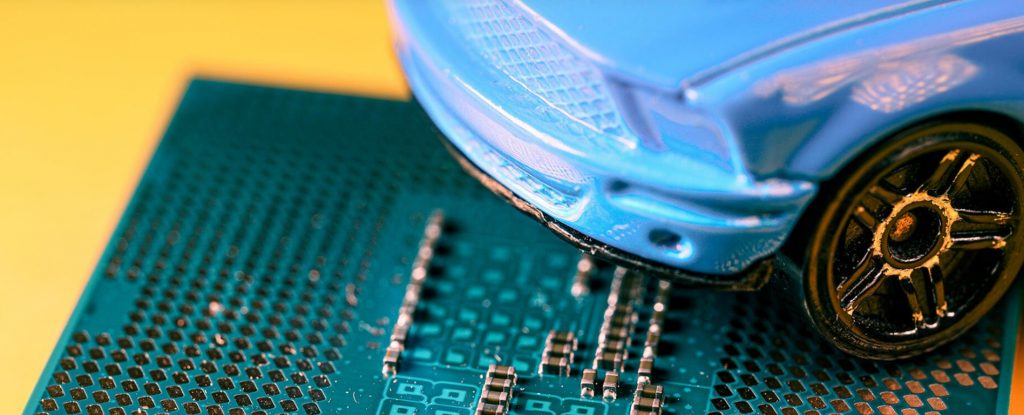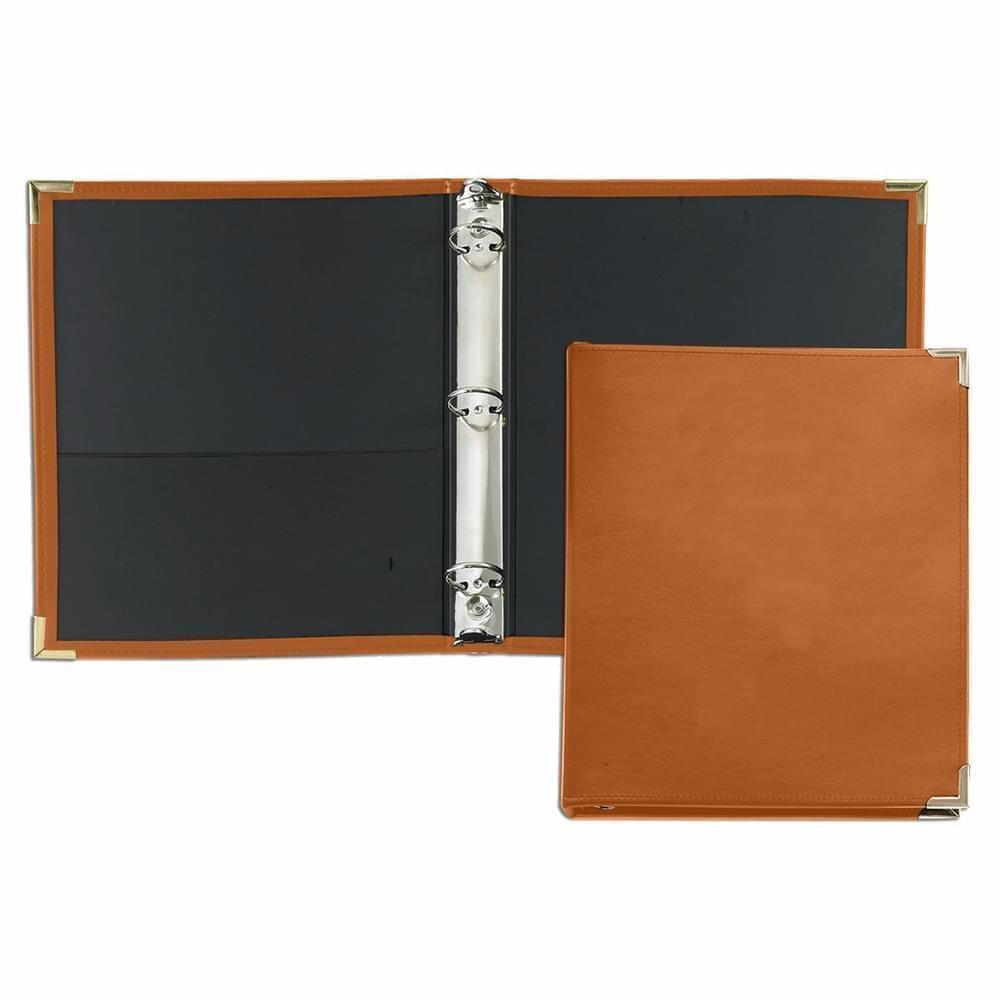
According to MIT Sloan, and our own experience, the auto industry was hamstrung by the global microchip shortage in 2021, resulting in losing more than $200 billion. Eleven million fewer vehicles were produced; manufacturing plants idled. Ford suspended operation at some plants to focus efforts on truck assembly, where the margins are better.
No single cause accounts for the microchip shortage. COVID-19 has had an outsized effect on the problem, as factories and ports closed while millions of people worldwide established home offices. But other contributors include labor shortfalls, lack of raw materials, trade tensions, and the growth of 5G electronics, which require more chips than previous generations of devices.
How are they responding?
Most immediately, companies are taking whatever microchips they can get and then building more adaptive manufacturing processes to deal with the obstacles that arise from this indiscriminate approach.
Companies are also looking into ways in which rewriting software might patch some of the shortage; perhaps code can be rewritten in such a way that a single chip can do more work than it formerly did.
In other words, they are getting creative, which is what Unionwear had to do at the outset of the pandemic as well.

 Dad Caps
Dad Caps
 Five Panel Hats
Five Panel Hats
 Mesh Back Hats
Mesh Back Hats
 In Stock Blanks
In Stock Blanks
 Snapback Hats
Snapback Hats
 Stretchfit Hats
Stretchfit Hats
 Duffel Bags
Duffel Bags
 Backpacks
Backpacks
 Tote Bags
Tote Bags
 Computer Bags
Computer Bags
 Sling Messenger Bags
Sling Messenger Bags
 Cooler Bags
Cooler Bags
 Cuff Hats
Cuff Hats
 Beanies
Beanies
 Scarves
Scarves
 Zipper Folders
Zipper Folders
 Stitched Folders
Stitched Folders
 Accordion Folders
Accordion Folders
 Ring Binders
Ring Binders
 Letter Folders
Letter Folders
 Clipboards
Clipboards

 Union Made In USA
Union Made In USA






